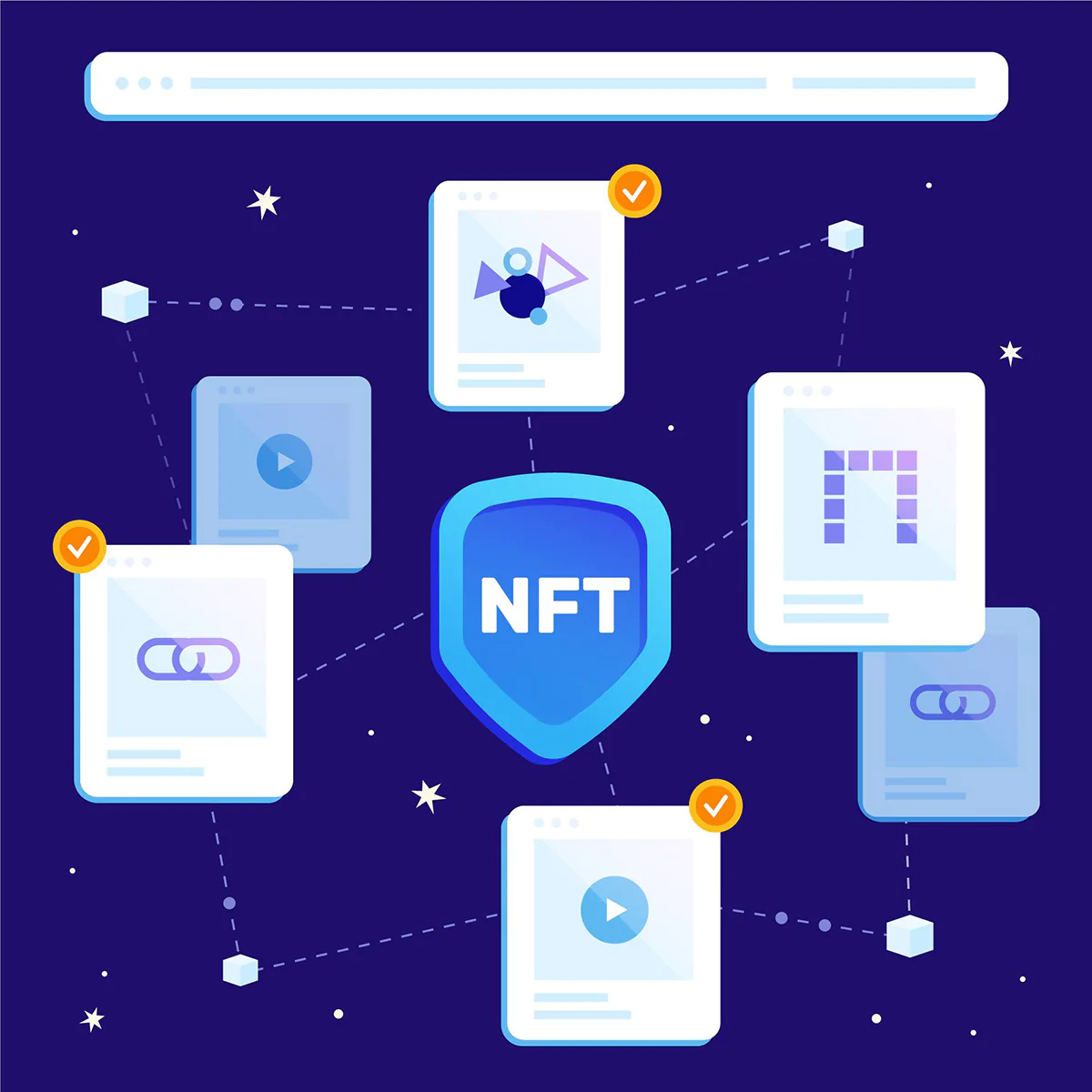Ten precautions are better than one measure – there are more and more use cases for non-fungible tokens (NFTs) in cryptocurrency. Projects flourish, and some promising mountains and wonders. So some basic checks need to be done before you proceed to buy NFTs; what are they?
Fundamentals of Cryptocurrency Security
The issue of personal liability is at the heart of encryption: once a mistake occurs, there is no turning back. But to ensure greater adoption, easy-to-use tools are needed.
Over the years, a lot of work has been done to promote the use of cryptocurrency wallets. However, improving the user experience of buying and selling crypto sometimes requires sacrificing the end user’s ability to verify the strength and security of the service.
The world of NFTs is no different; the difference is that these tools are designed first and foremost to facilitate interaction with “Web3“. By simplifying this access with web browser add-ons such as Metamask, the range of possibilities for scammers also expands.
Before looking at the essential things to check with NFTs, here is a reminder of the fundamentals of cryptocurrency security:
- It would be best never to expose your private key to anyone.
- Hot wallets like Metamask or mobile wallets are for regular usage. High-value assets are not stored.
- Hardware wallets like Ledger are used to store large sums of money.
- Be cautious about its benefits.
- Make yourself known only when necessary.
- Don’t invest more than you can lose.
Preserving its real identity is important to protect its personal safety. Some assets may depreciate, but the reverse is also true. Without additional security measures to protect private keys stored at home, those who covet them will know where to find them.
Tips and Tricks before Buying NFTs
In addition to these fundamentals, other elements of the NFT space should be understood. Before you buy NFTs, here are some tips and tricks.
Identifying NFT imposters and plagiarists
A deceptive practice in recent times is to create a collection with the same name as another (a better-known one). This usually happens during FOMO moments like pre-sale or mints.
To avoid being deceived, it is recommended that you are more vigilant. Appearances are deceptive, so it is not the visuals you should trust but the project activity and available social networks.
The first question you ask should be: “Is this the correct page?” To answer them, check the links that redirect to social networks. If the event is in progress, the official link will be announced through the official project channel.
So, what are the activities of the project? Several other questions must be answered to answer this global question:
- Does the volume match the hype?
- Does the total number of available NFTs match the published supply?
- Is the number of wallets with NFTs disproportionate to the supply?
If the activities of the project are consistent and the links match, there is no doubt that you are on the right page. The chances of all other projects with the same name being imposters are very high.
Identifying “red flags”
Smart contracts are managed differently depending on how the project is executed. One of the only ways a developer can prove their integrity is by aligning the code with the project roadmap.
However, it isn’t easy to verify this information without code knowledge. Fortunately, the community is vigilant and will not hesitate to point out potential dangers publicly.
Who is the team behind the NFT project?
This question may seem contradictory since anonymity and pseudonymity are values the cryptocurrency ecosystem promotes. That said, anonymous actors regularly communicate about their projects on social networks and forums.
If a team is public, you can view its members’ career paths online on professional social networks such as Linkedin. This lets you know if the key people on the team (CEO, CTO, Lead dev) have enough experience to take on the project.
If the team is a pseudonym, the search will take longer, but the goal is to understand the team’s previous projects. In both cases, do they have sufficient knowledge of the environment? How did their previous projects end?
Are the ambitions of NFT projects realistic?
NFT projects exist for science, jokes, or actual business. It is essential to identify the ambitions of the team behind the NFT project from the beginning.
It also takes a long time to develop if it is a virtual world or metaverse. So the metaverse games to get are the ones that require the most time and effort before being shown to the public. It takes years to release if it’s a “play and make money” type of video game. On the one hand, the development of a game takes time.
But on the other hand, we must consider the balanced economy between early adopters and newbies. NFTs and Defi are two different fields, and combining the two requires very precise and specialized skills.
Collectible items can take many forms. This can be an avatar of an animal (PFP) or virtual clothes in the metaverse. The style of the digital artist will be a determining factor in the quality of the final render. Another thing to know is the usefulness of the collectibles throughout the project.
Conclusion
The surge in NFT projects these days gives the illusion that get-rich-quick opportunities are a daily occurrence. The concept of illiquidity, the risk of only owning NFTs that no one wants to buy, must be kept in mind. All these are what an NFT consulting agency can help you understand when you reach out to them.

